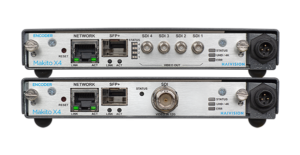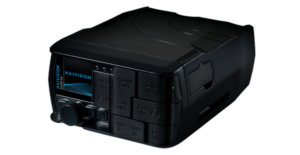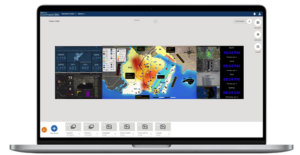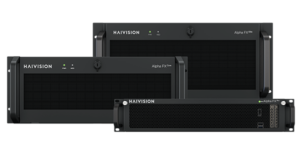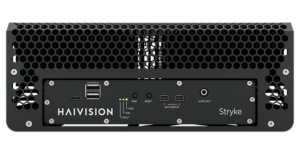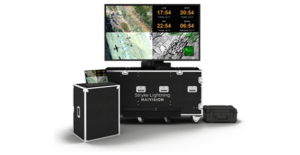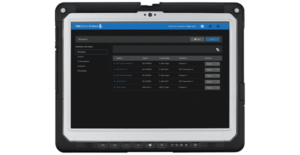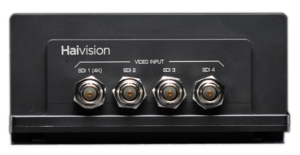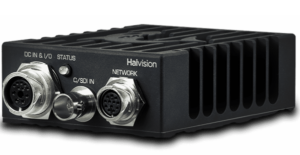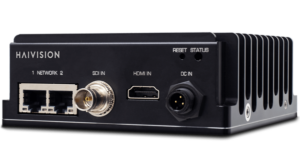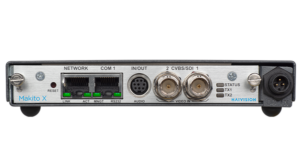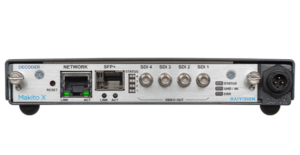What is an Emergency Operation Center?
When an emergency, such as a natural disaster or civil unrest occurs, it takes a team of professionals from various public agencies to coordinate their efforts to safeguard the community. Ultimately, their mission is to coordinate a comprehensive response, leveraging resources and expertise to minimize harm and ensure recovery. For many public safety agencies, like fire departments, police departments, transport management companies, and even hospitals, this occurs within a central hub called an Emergency Operations Center (EOC).
EOCs are the backbone of emergency responses for public safety agencies. They function as central command posts where different organizations work together to strategize, coordinate, and direct all aspects of an emergency response. Understanding EOCs sheds light on the crucial behind-the-scenes operations that keep communities safe during emergencies. This blog unpacks the role of EOCs, who utilizes them, and the technologies that enhance their effectiveness.
Understanding Emergency Operations Centers
An EOC is a physical space designed for emergency response where representatives from various agencies come together to coordinate, plan, and make decisions. EOCs ensure a unified response by streamlining communication and resource allocation between different responders. Technology is leveraged to create a unified picture of the situation at hand, providing every stakeholder with as much critical information as possible to allocate resources accordingly. Using the knowledge gleaned from various content sources, such as CCTV footage and alert systems, users within an EOC develop strategies for immediate response and long-term recovery.
EOCs play a vital role in emergency response by:
- Supporting field responders: They coordinate with incident commanders onsite, providing necessary resources and support.
- Managing resources: EOCs ensure efficient allocation of personnel, equipment, and other critical resources.
- Communicating with the public: They keep the public informed through alerts, updates, and instructions.
- Planning for recovery: EOCs develop plans for long-term recovery efforts after an emergency subsides.
These centers are crucial for managing all sorts of emergencies, from natural disasters to public health crises. Ultimately, coordination and planning converge, resulting in more informed decisions and, therefore, more effective action. They also help teams analyze data and situations to make informed decisions for mitigating the emergency’s impact.
Who Uses Emergency Operations Centers?
Many organizations utilize EOCs, including:
- Government agencies: Local, state, and federal entities all rely on EOCs to coordinate emergency response across jurisdictions. A good example is the Department of Homeland Security and its use of EOCs to funnel information to incident commanders and support the smooth coordination of response and recovery efforts.
- Private sector: Companies prepared for emergencies often have EOCs to manage internal response and ensure employee safety.
- NGOs: Non-governmental organizations involved in disaster relief use EOCs to coordinate their efforts with other responders.
Inside an Emergency Operations Center
EOCs are designed for efficiency and adaptability. The physical space is configured to facilitate communication and information sharing. EOCs are equipped with various tools and technologies to manage emergencies.
Here are some key components:
- Video Wall Displays: A video wall display in an emergency operation center is a large, multi-monitor setup that visually aggregates real-time data, maps, and video feeds to assist in coordinated disaster response and management. It enhances situational awareness and decision-making among emergency personnel.
- Video Wall Processors: Video wall processors, like the Haivision Alpha FX Processor, are critical components in emergency operation centers (EOC), managing and controlling the content displayed across the video wall by integrating various data sources, video feeds, and information channels for effective monitoring and decision-making with as little lag time as possible.
- Content Sources: Video sources like IP cameras and cable tuners provide real-time visual feeds, however the options are endless.
- Video Wall Software: Operation centers, where operators are faced with vast amounts of data and video feeds, benefit greatly from video wall software like Haivision Command 360. This software empowers efficient information management, ensuring operators can quickly control and display what’s most critical on the video wall.
- Staffing: An EOC is staffed with personnel, typically with specific roles like coordination, resource allocation, and public information. While it is common for staff to be trained in emergency management, non-technical users are also supported with user-friendly technology and interfaces to ensure efficient operation and communication during crises.
- Additional Video Wall Components: Additional video wall hardware in an EOC, such as encoders and secure access points, facilitates the encryption and secure remote access to video feeds, ensuring real-time data sharing and collaboration across multiple locations.
Case Studies: EOCs in Action
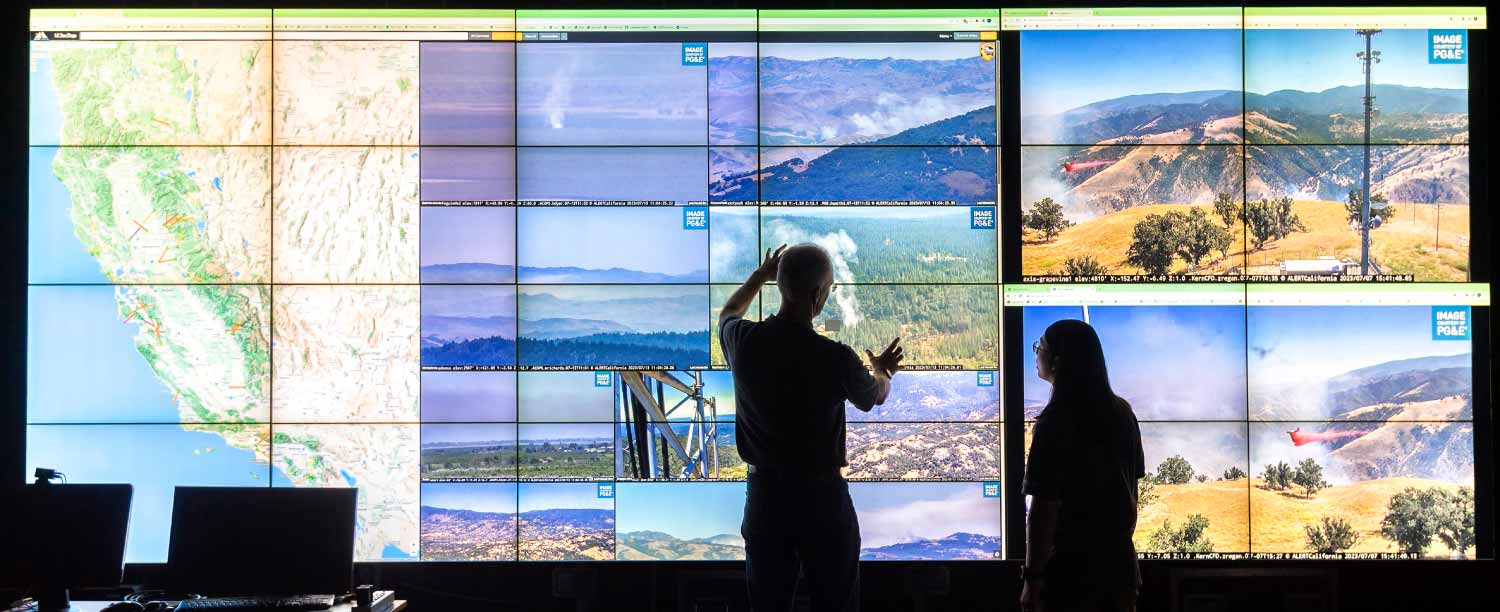
Photo Credit: ALERTCalifornia | UC San Diego
A great example of an EOC in action is Kern County’s high-tech emergency operation center, which showcases how advanced technologies can improve information sharing and decision-making during emergencies. Haivision customer, AlertCalifornia, provides California public safety agencies with access to a network of cameras and sensor arrays, so agencies like the Kern County Fire Department can collaborate and stay informed for coordinated natural disaster mitigation and response.
Beyond natural disaster response, the Cleveland Department of Public Safety overcomes challenges every day in its Emergency Operations Center (EOC) with Haivision’s video wall solution. The EOC is a central command post for monitoring and coordinating responses to major events in Cleveland. The Haivision video wall solution has improved information sharing and real-time situation awareness for their EOC staff.
Emergency Operations Centers are a centerpiece in modern emergency management. By coordinating response efforts, managing resources, and fostering communication, EOCs help communities mitigate the impact of emergencies and ensure a swift recovery.

